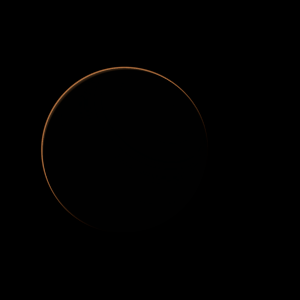|
|
Space Astro
|
Info for exoplanet "Herga"
| Scientific (actual) data |
|---|
| Name | RR Cae (AB) b |
| Planet status | Confirmed |
| Mass sini | 3 |
| Orbital period | 5479 |
| Semi major axis | 5.2 |
| Orbit eccentricity | 0 |
| Discovered | 2012 |
| Updated | 2023-04-22 |
| Publication | Published in a refereed paper |
| Detection type | Timing |
| Mass measurement type | TTV |
| Alternate names | RR Cae b |
| Star name | RR Cae (AB) |
| Right ascension | 65.28° |
| Declination | -48.65° |
| Mag v | 14.4 |
| Star mass | 0.622 |
| Star sp type | DAZ8+dM |
| Wikipedia article | RR Cae (AB) b |
Back
| |
| Fictional info (?) |
|---|
| Suggested name | Herga |
| Planet type | Cold planet |
|
| Atmosphere | Carbon dioxide | 99% |
| Hydrogen | 0.17% |
| Atmospheric pressure | 8 bar |
 |
| No known satellites |
| Google search for Herga |
|
Website by Joachim Michaelis
|
|
|
|